When the snow has melted and spring has sprung, it’s time to flex those green thumbs. This is the season for sowing and planting. Of course, you can choose plants simply because they’re pretty, but what about also growing plants used for medicine? You don’t necessarily need to have a medicinal herb garden, but you will definitely benefit from having plants that also have healing properties. Here are some of the best herbs and medicinal plants to grow in your home this spring.

Aloe (Aloe Vera)
While aloe juice is mainly used for its laxative effects, it’s also very handy to have one of these plants growing in a pot in your kitchen. This is because the gel is great for treating minor burns and wounds. The aloe plant grows best in full sun, so your kitchen windowsill is the perfect spot for it. However, it will also look great in a rock garden.

Black Cherry (Prunus Serotina)
If you have a fairly sunny spot in your garden that just begs to have a tree growing there, you may want to consider the black cherry tree. Native to North America, it has been used for its medicinal properties for many generations. These days, its main use is for making a cough syrup from the bark. The fruit is edible too and makes a delicious jam.
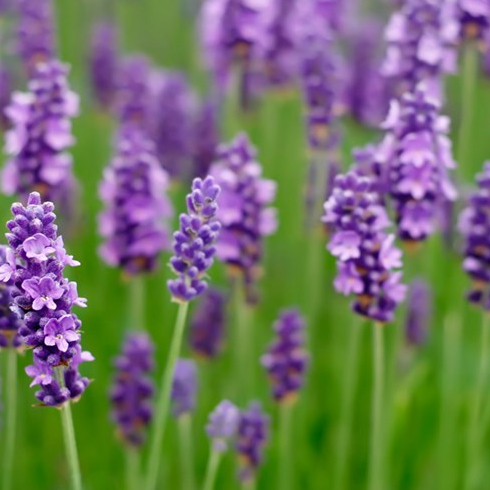
English Lavender (Lavandula Angustifolia)
Lavender is one of the most pleasant-smelling plants on the medicinal plants list. Its distinctive aroma has a calming effect, making lavender perfect for treating mild insomnia and anxiety. It also helps for indigestion and headaches. Lavender grows best from cuttings and if you put it in a sunny window with good ventilation, it’s one of those easy to care for indoor plants that go beyond succulents.
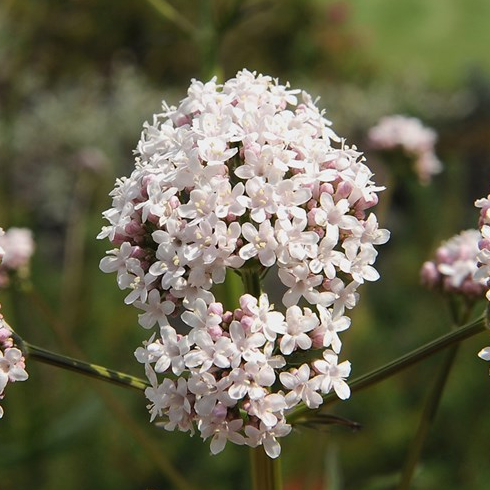
Valerian (Valeriana Officinalis)
A tea or tincture made of valerian root is commonly used to treat insomnia and anxiety. You can even give it to your pets if they’re nervous about going to the vet. However, you don’t need to dig up the root to enjoy valerian’s benefits. Because the sweet-smelling flowers help promote sleep too, valerian is one of the best plants for your bedroom.
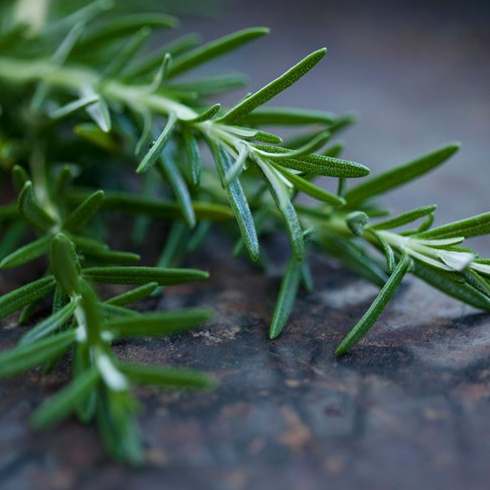
Rosemary (Rosmarinus Officinalis)
Rosemary is not just a culinary standby, but it’s also one of the most versatile plants used for medicine. You can use rosemary tea for treating a variety of ailments, including colds and flu, muscle and joint pain, headaches and indigestion. Applied topically, it can help combat dandruff and thinning hair too. Depending on the cultivar, it can be one of the plants that will flower in winter as long as you bring it to a sunny spot indoors.
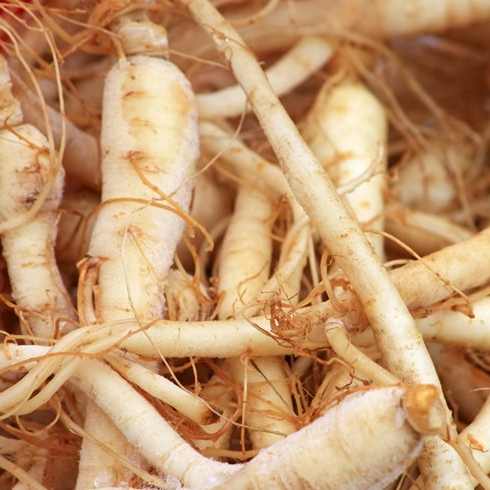
American Ginseng (Panax Quinquefolius)
One of the most common traditional Chinese medicine herbs is Asian ginseng. American ginseng is a related plant native to parts of North America, but it has cooling rather than warming properties. Chinese herbalists often use it to complement Asian ginseng. There are strict laws regarding the harvesting of wild American ginseng, so it’s better to grow your own in raised garden beds.
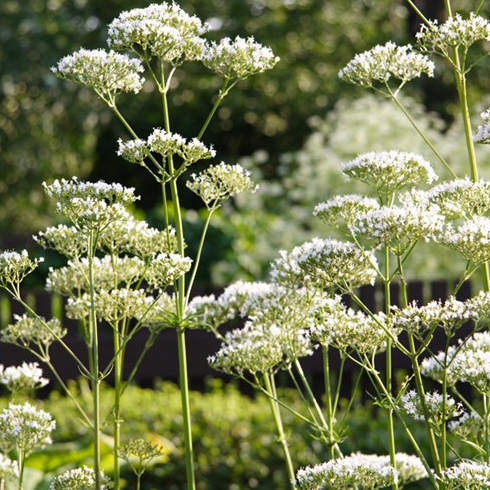
Angelica (Angelica Archangelica)
One of the easiest, hardiest plants to grow from medicinal herb seeds is angelica. It’s not only a plant with many culinary uses, but can help treat respiratory and digestive ailments, fever, nausea, menstrual cramps and urinary tract infections. Angelica can survive severe frosts.
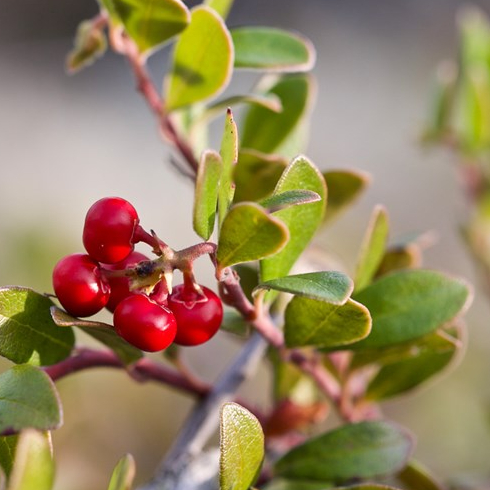
Bearberry (Arctostaphylos Uva-Ursi)
Bearberry is native to most of Canada and grows best in cool surroundings with full sun or light shade. Even though it’s often found in the wild, you can also grow this evergreen shrub from cuttings. The berries are edible, but it’s the leaves that have the medicinal properties. Brewed into a tea, bearberry is commonly used for urinary tract infections and kidney stones. Find more plants native to Canada, broken down by province.
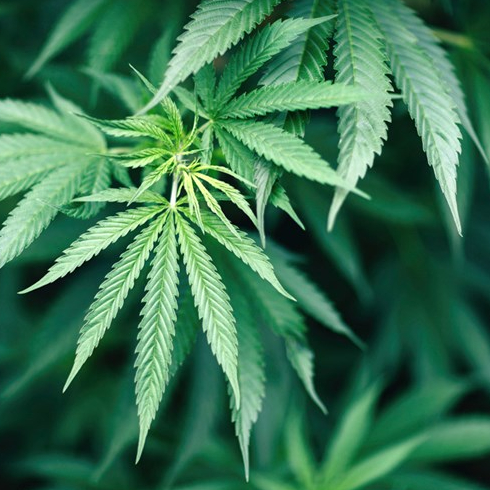
Marijuana (Cannabis Sp.)
With cannabis legal in Canada, you can grow your own without having to hide it (be sure to check your local laws first). It’s one of the oldest medicinal plants, having been cultivated for as much as 5,000 years. It’s mostly used for treating insomnia, depression, migraines, asthma and the nausea associated with chemotherapy. However, it’s also one of the plants that are poisonous for children, cats and dogs.

Catnip (Nepeta Cataria)
A member of the mint family, catnip is especially well-known for how cats react to it. Humans benefit from catnip too, though. It can help treat cold symptoms, headaches, colic, upset stomachs, hemorrhoids, breasts that are sore from nursing and much more. Catnip grows best in sandy soil in full sun.
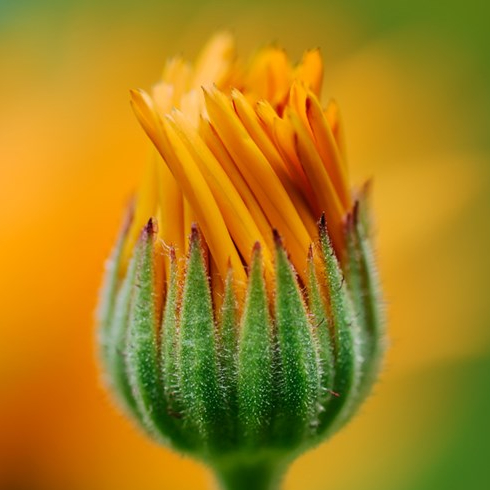
Calendula (Calendula Officinalis)
Every medicinal herb garden can do with the bright and cheery flowers of the calendula plant. Calendula is used mainly for its wound-healing properties and is a common ingredient in lotions and balms for treating skin ailments and sunburn. The petals are edible too and can be a good substitute for saffron. If you sow the seeds in early spring, you’ll have flowers from June until frost.
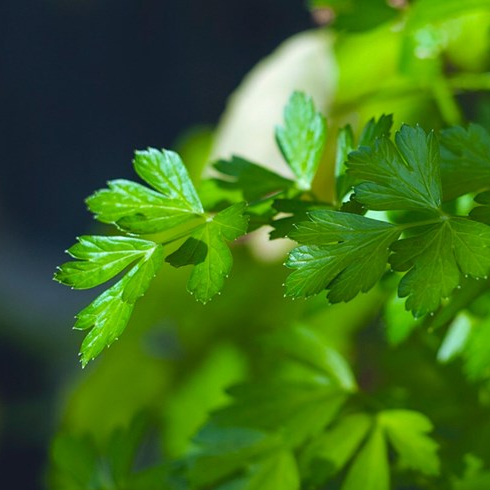
Parsley (Petroselinum Crispum)
More than just a herb used for garnishes, parsley has diuretic and expectorant properties. You can use parsley tea to relieve coughs or to help treat urinary tract infections, indigestion, kidney stones, gallstones, gout, arthritis, rheumatism and asthma, among others. Chewing the leaves will also help freshen your breath. Parsley prefers full sun or part shade.
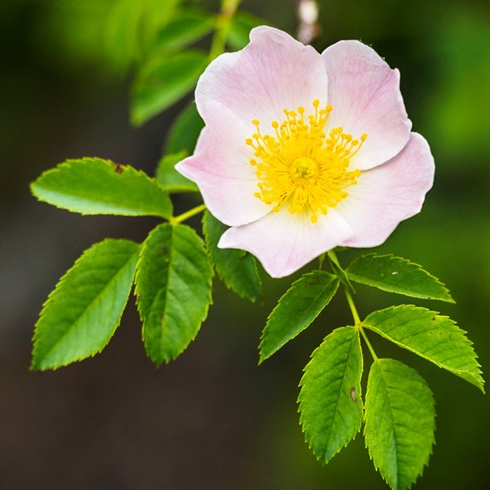
Dog Rose (Rosa Canina)
The dog rose is a common feature of the English country garden, but grows well in North America too, as long as it gets at least six hours of sun per day. You can grow it from seeds, cuttings or buddings. Rosehips are a great source of vitamin C and can help treat ailments like colds and urinary tract infections. The petals produce rose oil, which can help soothe skin irritations.

European Elder (Sambucus Nigra)
Spring is the time to propagate elder from cuttings. This shrub, which can also grow into a small tree, prefers full sun to part shade. In spring, you can harvest the flowers to make astringent elder flower water. Come autumn, you can harvest the berries, just in time for making a syrup that can help treat colds and flu.

Echinacea (Echinacea Purpurea)
No medicinal herb garden is complete without echinacea, which is one of the easiest perennials to grow and care for. You can use every part of this immune-boosting plant to help you recover more quickly from a cold or flu or a urinary tract infection. Echinacea can also help treat wounds and abscesses. It needs full sun and in mid-summer it produces purple daisy-like flowers.
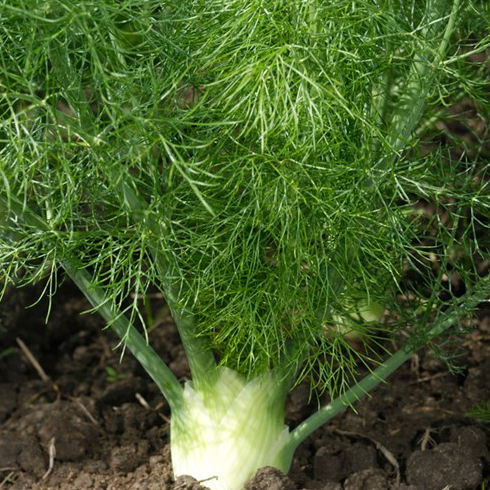
Fennel (Foeniculum Vulgare)
Fennel is one of those plants from your kitchen garden that you can also use to treat a variety of ailments. Most often people use fennel seeds for treating menstrual disorders, bloating and upset stomachs and for coughs. It can also help suppress the appetite and aid in weight loss. Fennel is an easy plant to grow, but it needs full sun.
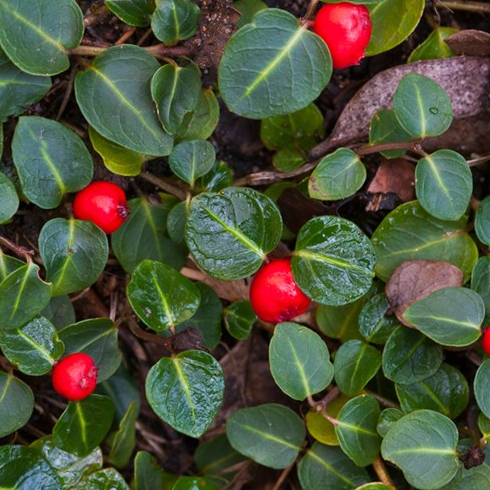
Partridge Berry (Mitchella Repens)
Native to the eastern parts of North America, partridge berry is a vine that often grows in evergreen forests. Over-harvesting has caused it to become threatened in some parts, but you can easily grow it in a moist, shady spot in your garden. You can use it to make an astringent skin wash, to improve digestion or as a uterine tonic that will promote easy labour. It also has a calming effect.

Peppermint (Mentha Piperita)
Peppermint doesn’t produce seeds, so you need to grow it from cuttings in full sun or part shade. Peppermint tea is especially good for aiding digestion and relieving bloating as well as for easing tension headaches and nerve and muscle pain. It’s also a must-have during cold and flu season because it relieves congestion.
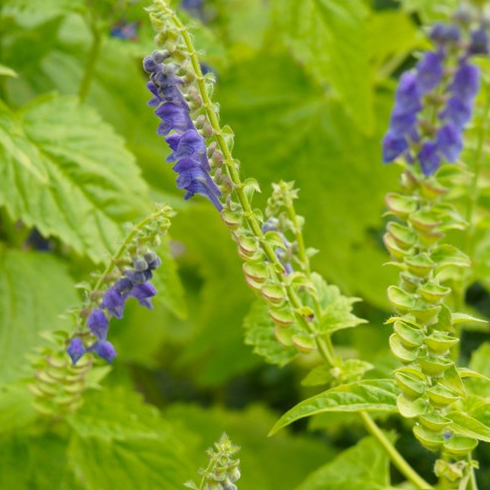
Skullcap (Scutellaria Lateriflora)
Skullcap is native to Canada from Manitoba eastwards. While you will find it growing wild, you can also grow it in a sunny or partially shady spot in ordinary garden soil. It has a calming effect and can help treat insomnia, nervous tension and tension headaches. It can even help relieve the symptoms of withdrawal from alcohol, tranquilizers and barbiturates.
HGTV your inbox.
By clicking "SIGN UP” you agree to receive emails from HGTV and accept Corus' Terms of Use and Corus' Privacy Policy.





